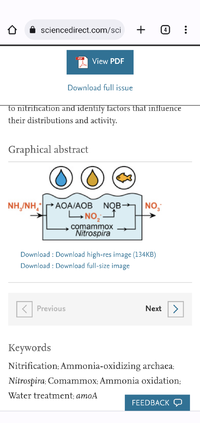Depending on the tank layout you might be able to protect them initially with some rounded pebbles? I'm going to guess that if your Acara want to dig a spawning pit not much will stop them.
That's likely to be where I'll go next - once I've gained some experience with plants and Acara. My starting position of "you know nothing, Jon Snow" has served me well in the past, so my initial plan is simple and modest - and I'll be sticking (no pun intended) to plants that can be fixed to hardscape, so that they can be moved easily when I learn new things about light, flow, position, fish, etc., etc.
No, not at all, we are a <"
pretty broad church"> and usually we are fairly friendly. A <"
number of members"> found their way to UKAPS after falling foul of "moderation" <"
on other forums">.
So far, you all seem very nice
🙂
I think that <"
fish welfare"> is something that we are all interested in. I'll be honest my main reason for trying to get fish keepers to be <"
planted fish keepers"> is because it is <"
much easier to maintain water quality"> in planted tanks, and improved water quality makes fish keeping a lot simpler and more enjoyable.
And that, right there, is the key evolution in my thinking: by seeing plants as an afterthought (and, worse, an expendable one) in the past, I have been neglecting one of the most important pillars in maintaining a stable ecosystem.
Plus, you know, they're quite aesthetically pleasing
😉
[then, I was asking "if don't trigger cycling with ammonia but with plants, what kickstarts the nitrification cycle?"]
So that is the really big difference, we now know that the bacteria that we thought were responsible for ammonia oxidation (
Nitrobacter and
Nitrosomonas spp.) don't actually occur in aquarium filters. Dr Tim Hovanec (who I have a lot of time for <"
Dr Timothy Hovanec's comments about Bacterial supplements">) writes about this in <"
Bacteria revealed">.
[...]
Once scientists could look for the genes that coded for ammonia oxidation they found that that they were very widespread in the environment and there were a whole suite of microbes involved in nitrification that had previously been unknown.
[...]
Have a look at: <"
The nitrifying microbes in aquariums and cycling"> it is a pretty good summary of where we are now. You might need a beer (or a cup tea) before you start because it is quite a long read.
I'm not afraid of a little light reading
🙂
I'm particularly keen to understand more about your suggestion that I needn't trigger cycling by adding ammonia (in my case, pure - but presumably that also applies to raw shrimp, excess food or
grimace hardy fish). Instead, I can plant my tank and, once the plants begin to thrive and grow, I can safely assume the water to be safe for fish.
I can readily understand the end-state: once the plants are thriving and growing (as distinct from just surviving), then they must be getting nitrogen. If they are getting nitrogen, and I'm not providing it, it must be coming from somewhere.
I can also extrapolate from that, and 'safe for fish', the implication that the nitrogen is coming from some kind of nitrifying system - I'd assumed
Nitrobacter and
Nitrosomonas but am happy to believe that it may be more complex than that. For it to be 'fish safe' that nitrifying system must be breaking down - or immediately able to break down - ammonia.
So my question is "what prompts the spontaneous creation of a nitrifying system before the input of ammonia"? For example, are earlier and less successful plants dying and decomposing to provide the ammonia for later, thriving ones? Is this the 'hardy fish' cycle, but with plants?
Or is it something else?
I'll read on, and see what I can learn...





